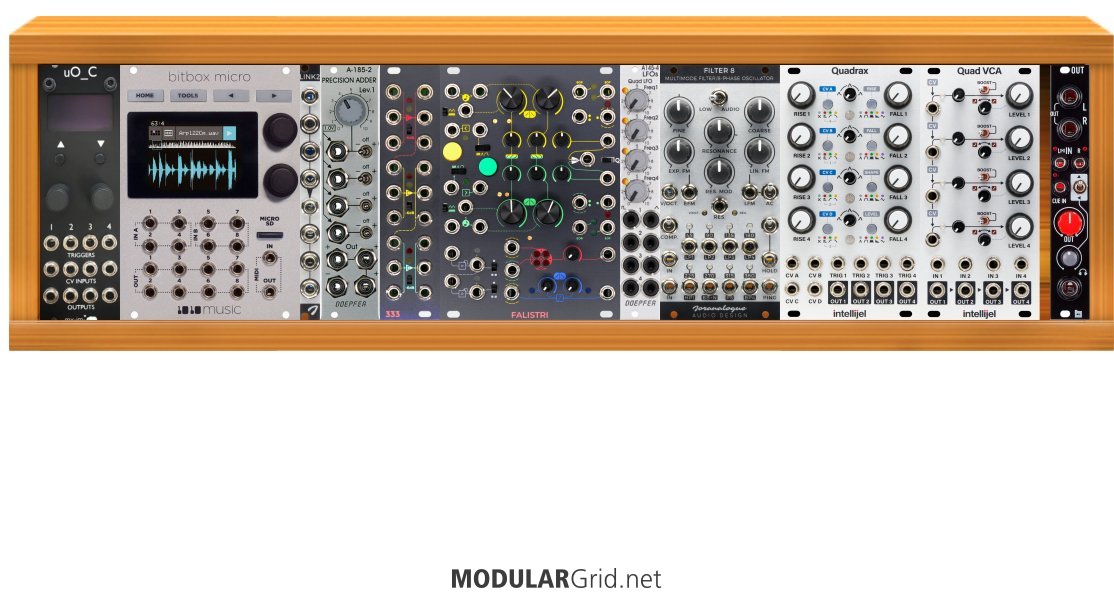Sorry some more matters to take note of:
I can't see your rack, I am getting an error, is there something wrong with the rack link?
I think, but I can't see it clear because I can't go to your rack link, I miss VCAs
I know you might want exact copies but for the sake of at least some variation you might want to consider to take a few different VCFs instead of taking all the same. The Doepfer A-124 Wasp filter is a serious great one, another good one is A-106-5 SEM filter
The same you could consider to do for your oscillators, but up to you, perhaps I am going "too wild" here ;-)
You have a lot of redundant modules but I don't see a redundant mixer, check that out, I think if you go this road any way then two mixers is a must (since you do two Matriarchs and two SQ1s)
In that same context get at least one but perhaps even consider two audio interfaces, i.e. modules that take the Eurorack audio signals to your external mixer. Since money doesn't seem to be an issue, go for two audio interfaces then for each couple Matriarch/SQ1 you have one stereo output to your external mixer, great! :-)
I used myself for a very long time the Intellijel Audio I/O module in combination with my Doepfer stuff, great combination!
Other audio interfaces you might want to consider are XLR but great modules: Vermona - Tai-4 and the ACL - Audio Interface
Kind regards, Garfield.
For review reports of Eurorack modules, please refer to https://garfieldmodular.net/ for PDF formatted downloads



